The Lee-Enfield rifle has fascinated me ever since I bought my first Savage No.4 Mk1* in the 1970's I picked it out of a drum at a gun shop. The "U.S. Property" stamp indicating it had once been a World War II Lend-Lease rifle spoke deeply to a young man who grew up hearing the echoes of that war in the Fisher Wounds that lingered in my parents and grandparents.
As I took up the sport of U.S. style high-power rifle competition learning first with a Springfield Armory M1A back in the day they were still made from surplus TRW parts and later with the rapidly evolving AR-15 Service Rifle, I would turn back to the Lee-Enfield and wonder about how it fit into the grander scheme of things. There were books but these were merely remote curiosities. The advent of the internet and the connectivity it enabled across the planet beginning in the late 1990's changed all of that. Suddenly, these ideas and these parts were no longer so remote.
Originally written 9/7/2005.
 |
| The Lee-Enfield No.4 Mk1 set up for target shooting with an AJP 4/47 micrometer rear sight, a tuned Huber trigger and a U.S. rifle sling. This one has an unusually accurate barrel. It loves 174 gr. Sierra Mach Kings. |
I've been hunting for an AJP 4/47 rear sight with the markings calibrated for the Mk VII .303 cartridge since 1977.
You see other AJP 4/47's calibrated for the later L42 rifles in 7.62x51mm NATO but the truly correct sight is the
early example made for the .303's These sights are intricate examples of precision machining now sadly found only
in the most expensive of Olympic target sights. Patience and the internet have yielded the Holy Grail at long last.
Thank you Andrew in New Zealand!
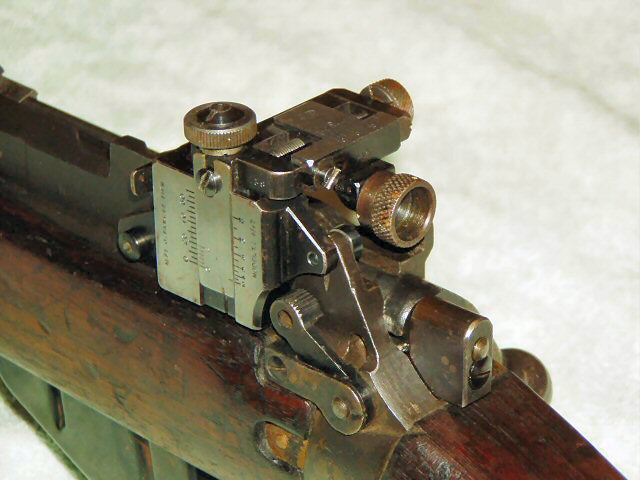 |
| A.J. Parker 4/47 sight. |
This view shows the replacement ejector screw which is longer than the original. Notice the hex head. They are
made by Scott Stonehill at Evans Obsolete Screws in Evans, GA (706)863-7572, sstonehill@knology.net.
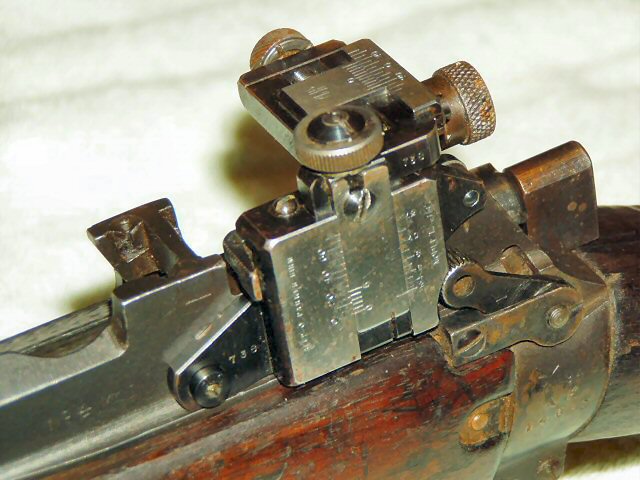 |
| This is a no-modifications mounted sight. After tapping out the issue rear sight and removing the original ejector screw, the AJP 4/47 is attached to the rifle. This view shows the replacement ejector screw on the left side of the rifle. |
This view shows the other hex head mounting screw for the sight. The AJP 4/47 requires no modifications to the rifle.
Simply remove the original sight, in this case it was an L-flip late model rear sight, and install the target sight
in the existing holes.
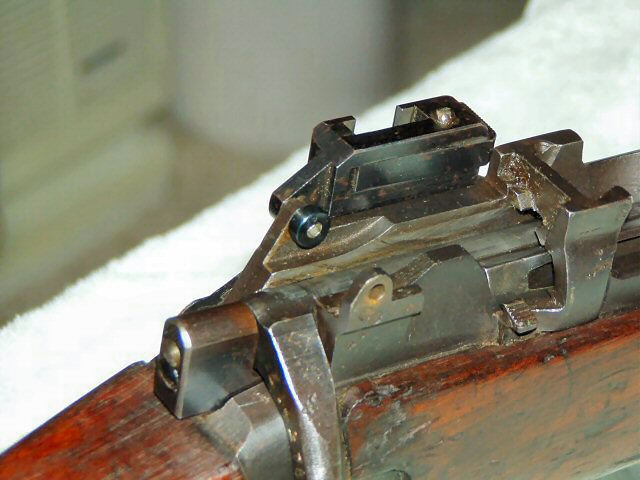 |
| This view shows the attachment screw on the right side of the rifle. Note that these screws use a British pitch which is why one goes to Scott Stonehill for the parts. |
All set up and ready to sight in once some 174 gr. HPBT can be assembled. This rifle should make quite the splash when it
shows up at a long range high-power competition line.
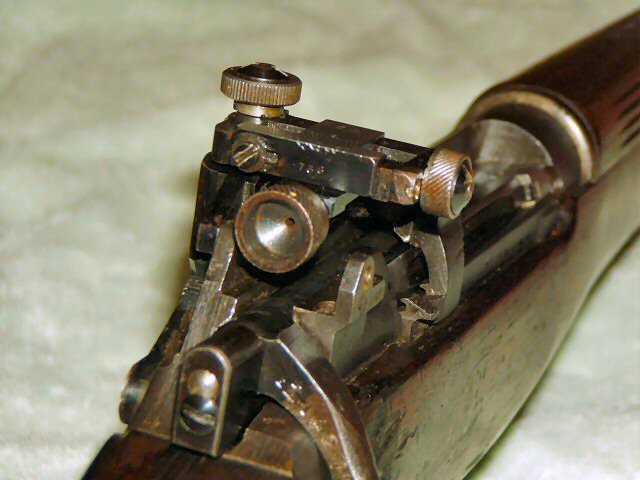 |
| The AJP 4/47 is 1/2 x 1/2 MOA micrometer sight that is no slouch compared even to current generation high-end Centra or Phoenix match sights. The dial precisely and repeatably. |
Providence sometimes smiles. For a Big 5 Sporting Goods special, it has a bright shiny bore
and the barrel floats perfectly out of the middle of its sturdy military stock. I actually bought this gun on a whim.
I was shopping for gym socks. I felt something special when I picked it up. Good guns have a certain tightness and resonance you can just feel.
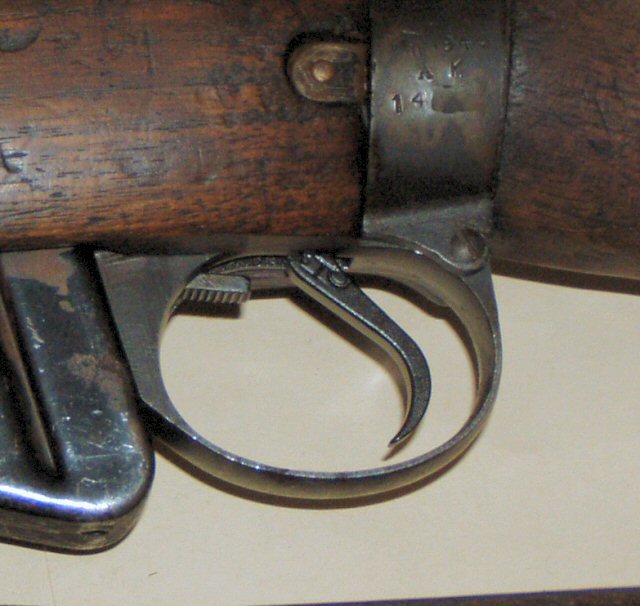 |
| The Huber trigger can be adjusted to give an excellent crisp single stage break for target shooting. |
The ball bearing target trigger installed in the rifle.
The trigger remains a single stage system using the original sear and cocking piece.
Sear engagement is set for 0.015 or better.
This trigger is smooth as silk and breaks like glass.
It performed with excellence at 1000-yards shooting surplus Mk VII ammunition on 9/4/05.
Epilogue
7/2014 - In the years since this article I have shot this gun many times. It has performed admirably at club matches and I've done the Mad Minute with it a few times. Drives like a dream.






No comments:
Post a Comment